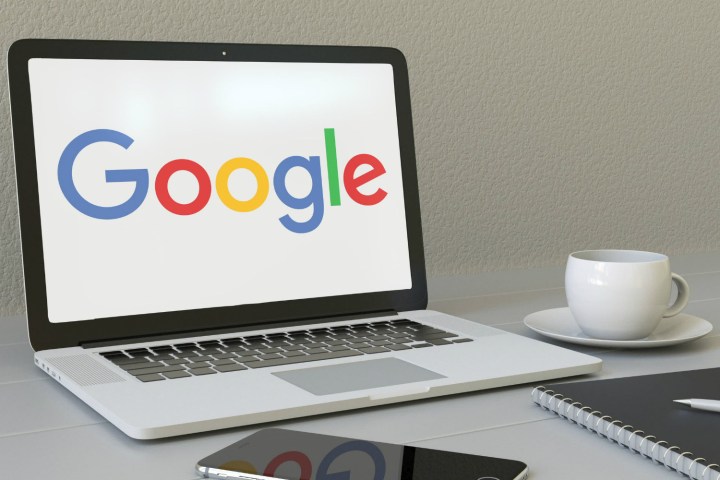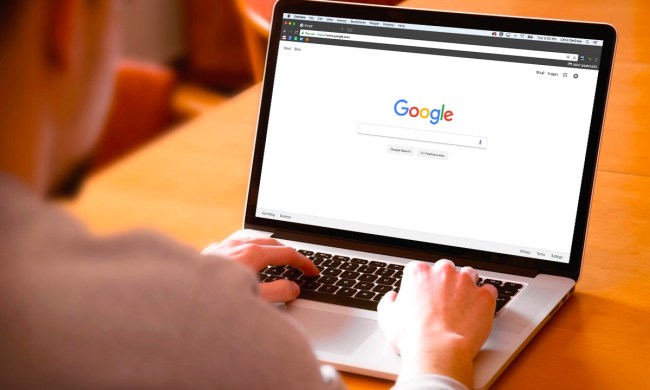
The company will be officially blocking some kinds of ads in its industry-dominating Chrome browser starting in 2018, and it’s already stopping ads that try to pop up in new tabs. Google is also taking steps to make its own ads less unruly, as ZDNet reports.
It’s doing all this by applying compression to its display ads using the Brotli compression algorithm. This specific compression scheme promises to reduce the size of Google’s ads by 15 percent compared to gzip compression, with a more than 40 percent reduction in some ads. While not every Google ad will enjoy this level of compression, Google says it’s applying Brotli compression “whenever possible.”
The benefits from putting its ads on a diet can be significant. As Michael Burns, a software engineer on Google’s Publisher Tagging and Ads Latency Team says: “[The use of compression] reduces the amount of data sent to end users by tens of thousands of gigabytes every day.” What that means for individual users is faster page loads, better overall performance, and, ultimately, lower battery consumption.
The Brotli compression algorithm is supported in the top web browsers today, including Chrome, Microsoft’s new Edge browser that’s featured in Windows 10, and Firefox. Only Apple’s Safari browser doesn’t support the new tool, which superseded the earlier Zopfli algorithm and provides up to 26 percent better compression.
In 2018, Google Chrome will start blocking any ads that don’t conform to the new Initial Better Ads Standards defined by the Coalition for Better Ads, including its own display ads. That means that users should gain a tremendous boost in their ability to enjoy the browsing experience without being subjected to the most obnoxious ads. In the meantime, Google will be working to make the ads that do show up just a little more efficient.


